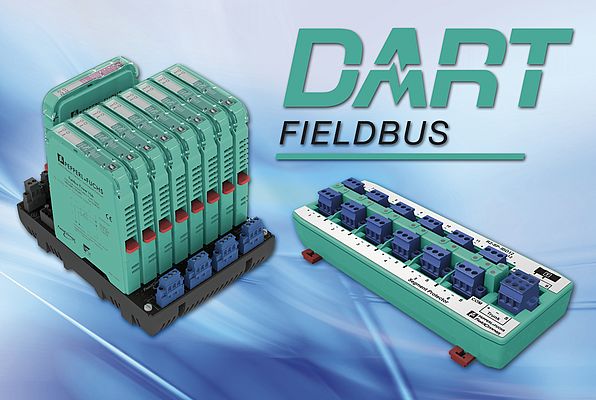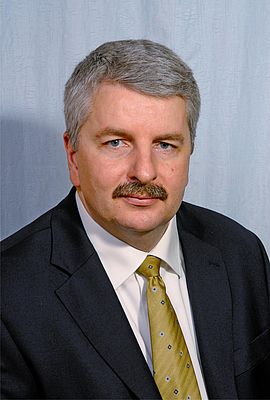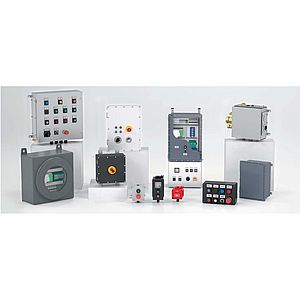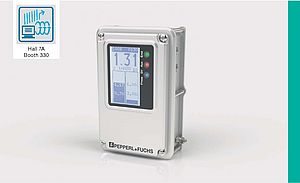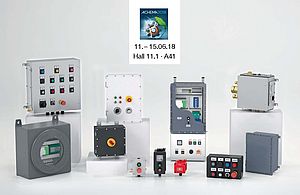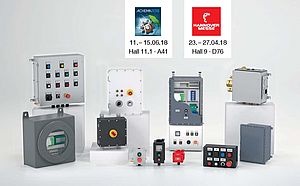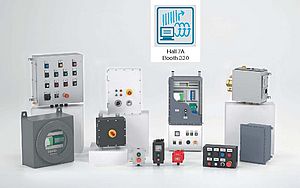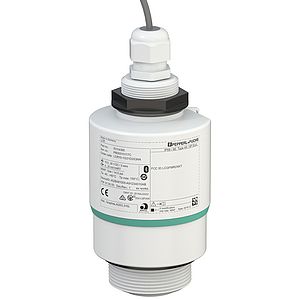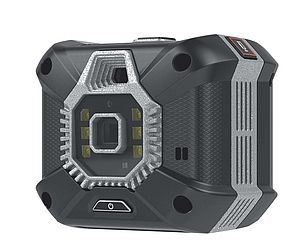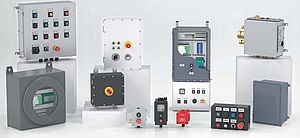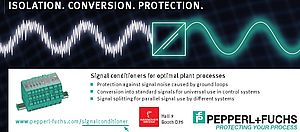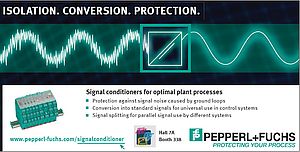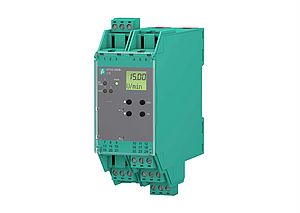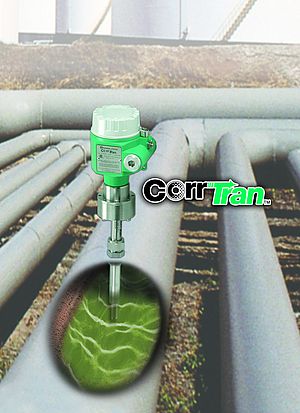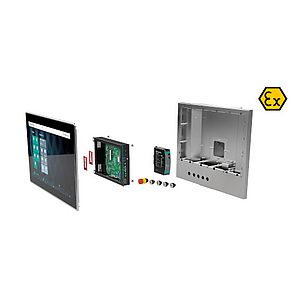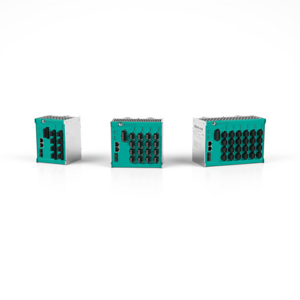PCN Europe talked to Dipl.-Ing.Thomas Kleinbongartz, Director Global Marketing, Division Process Automation of Pepperl+Fuchs, about intrinsic safety and its importance in modern process automation. The Process Automation Division of Pepperl+Fuchs is a market leader in intrinsically safe explosion protection components and protection of hazardous area applications. What is intrinsic safety? Intrinsic safety in the potentially explosive areas of process automation refers to the electronic prevention of sparks through the limitation of electricity, voltage and wattage in the electric circuit concerned. This method makes e.g. the application of pressure-proof enclosures for the installed equipment and devices in the explosive areas unnecessary. Intrinsic safety offers a number of advantages for the operation and maintenance of a processing plant, for example the servicing of devices and systems without a hot work permit. In which areas of process automation does intrinsic safety need to be applied?
The technology is ideally suited for applications in which field devices have to be exchanged or serviced without the need to switch off the electric circuit. The function principle itself prevents the development of an incendive spark, thus, for example, a defective level sensor can be replaced under electrical voltage without shutting down the line or the whole process. A further advantage of this ignition protection type is that maintenance or exchange can be performed without an extensive clearance systems or gas warning devices. Which systems and components guarantee intrinsic safety?
Traditionally intrinsic safety has been guaranteed by the interface technology with its point to point connections and a variety of binary and analogue input and output signals; this can typically be seen in temperature, pressure and level measurement. But in recent years intrinsic safety found its way into the area of the fieldbus systems. Here it combines the advantages of intrinsic safety and bus technology –especially the parameterization and diagnostic options- leading to a simplified handling. Could you elaborate on an area, where intrinsic safety plays a key role?
Its function principle makes intrinsic safety the ignition protection type applicable across all sectors, for tasks in the processing or the manufacturing industries, which require measurement, control and automation technologies. The energy requirement of the installed devices in these industries is normally up to 2 watt, which can be met by an EX i electric circuit. However the trend towards extended functionality and increasing complexity is leading to higher energy requirements. What would you consider important developments of the last years? A milestone in the development is surely the fieldbus intrinsically safe concept (FISCO) which was developed by the Physikalisch-Technische Bundesanstalt safety agency in Germany to try to overcome the limitations of standard intrinsically safe design in fieldbus applications. It offers the benefits of intrinsic safety related to maintenance and the replacing of field devices and adds to this the advantages of bus systems in terms of parameterization and diagnostic options in the process. Even if boxes and short wires are opened, nothing can produce a spark to ignite any gas or vapour present, even if these were at their ideal ignitable concentration. What does the future hold? Intrinsic safety is experiencing a revolutionary expansion at the moment with the DART-technology (Dynamic arc recognition and termination) presented by Pepperl+Fuchs. The technology raises the until now existing power limitation up to 50 watts, making applications accessible, which have so far been reserved to other ignition protection types. The DART-fieldbus overcomes limitations regarding cable length and number of field devices due to its higher output power. At the same time existing devices can be still be used. Availability had been taken into consideration – compared to FISCO a redundant power supply can be realised. Furthermore new applications will be possible with DART in the near future, e.g. analytical devices, emergency lighting and scales.
Intrinsic safety in process automation
PCN Europe talked to Dipl.-Ing.Thomas Kleinbongartz, Pepperl+Fuchs
- by Pepperl + Fuchs SE
- September 7, 2010
- 35136 views


